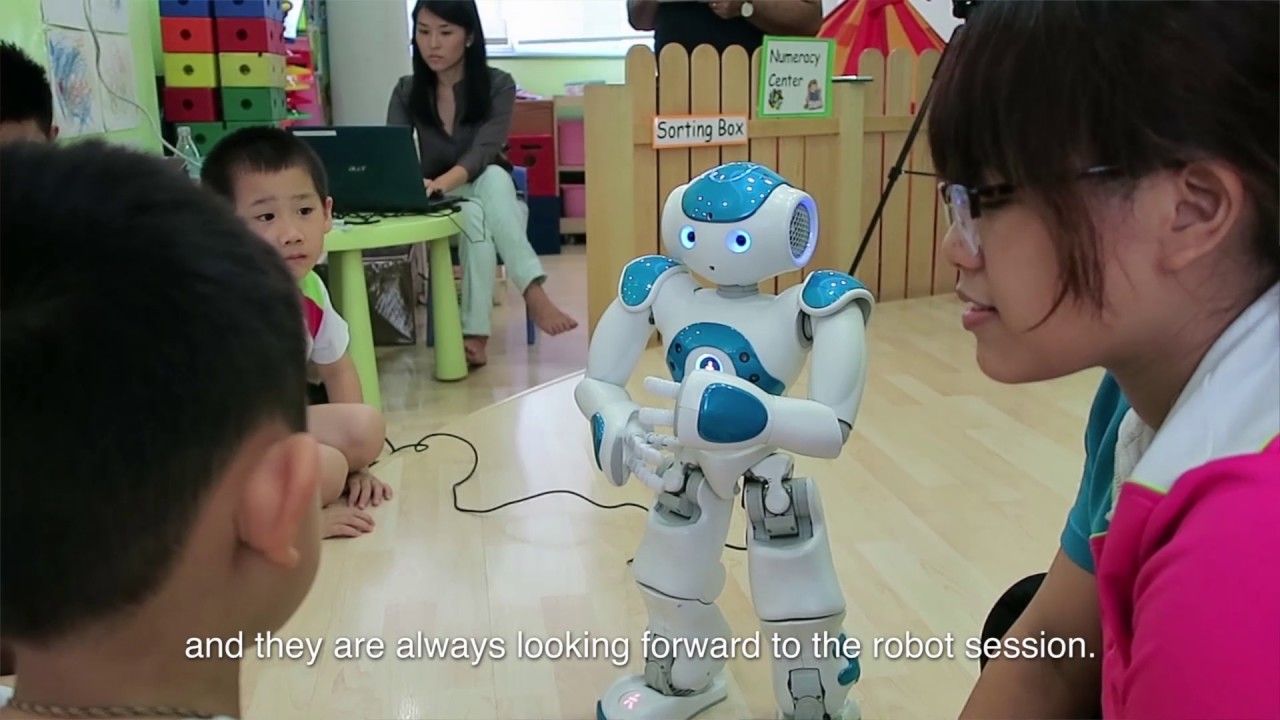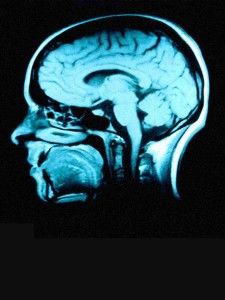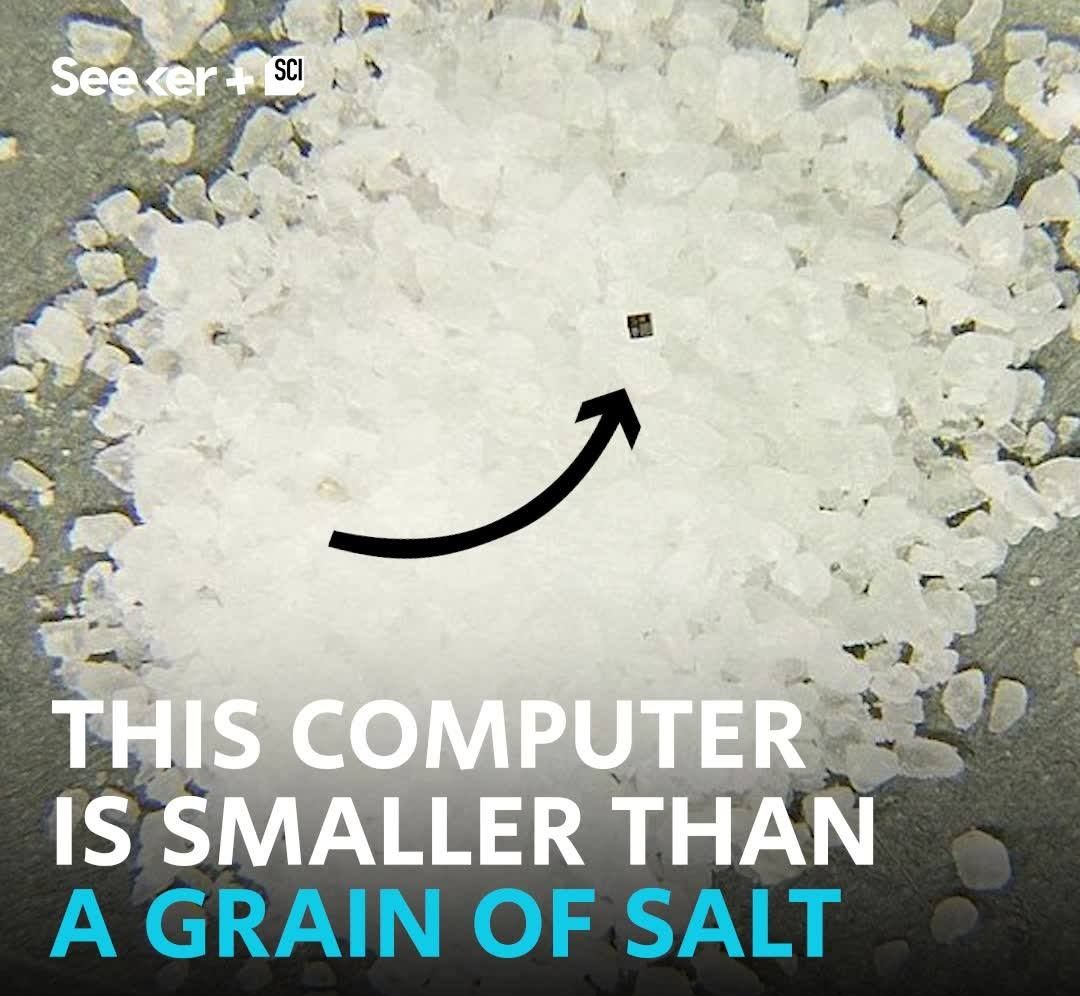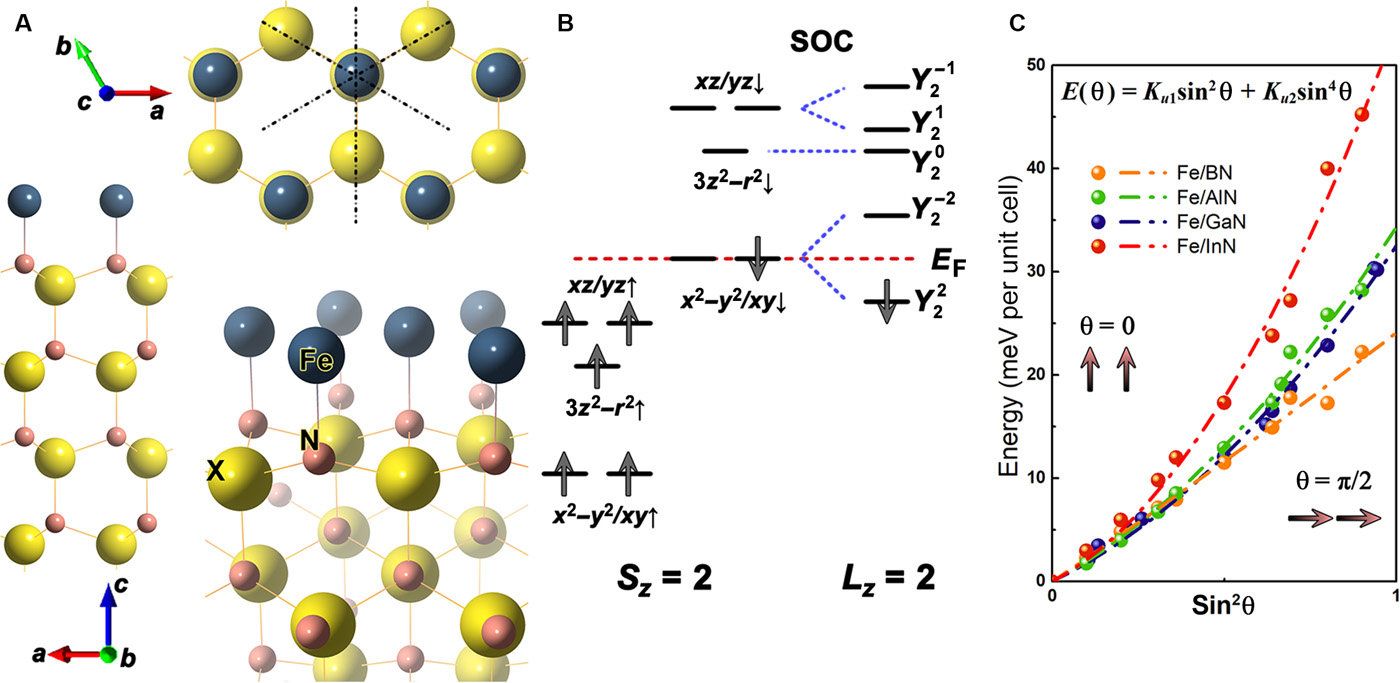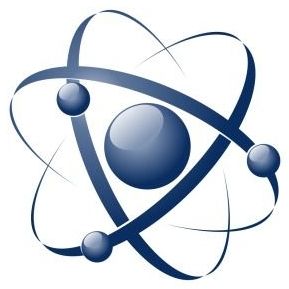Apr 13, 2018
Robot Cities: Three Urban Prototypes for Future Living
Posted by Klaus Baldauf in categories: biotech/medical, economics, finance, governance, internet, robotics/AI
Before I started working on real-world robots, I wrote about their fictional and historical ancestors. This isn’t so far removed from what I do now. In factories, labs, and of course science fiction, imaginary robots keep fueling our imagination about artificial humans and autonomous machines.
Real-world robots remain surprisingly dysfunctional, although they are steadily infiltrating urban areas across the globe. This fourth industrial revolution driven by robots is shaping urban spaces and urban life in response to opportunities and challenges in economic, social, political, and healthcare domains. Our cities are becoming too big for humans to manage.
Continue reading “Robot Cities: Three Urban Prototypes for Future Living” »
